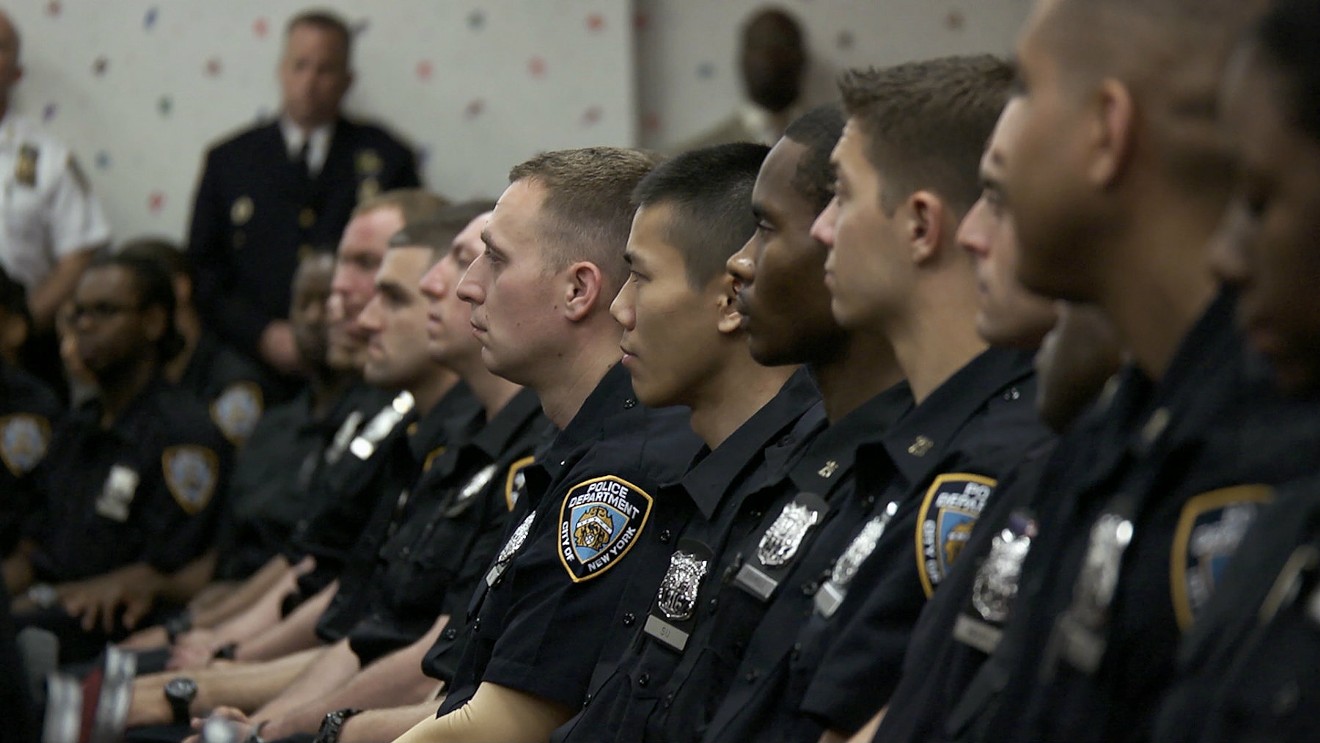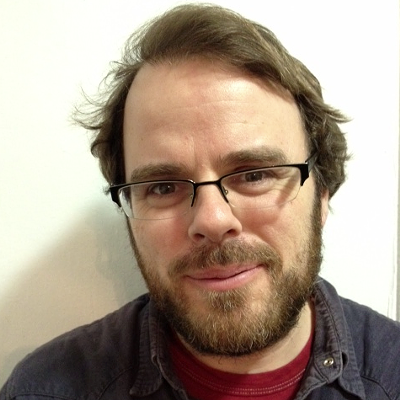Crime + Punishment premieres August 24 on Hulu.
Several weeks ago, as BlacKkKlansman debuted in theaters, Boots Riley, the writer-director-radical behind that satiric marvel Sorry to Bother You, tweeted a brash callout. “After forty years of cop shows and cop movies,” he wrote, “did we really need one more movie where it’s supposed to be about racism but the cops are the actual heroes of the film and the most effective force against racism?”
Riley later deleted this rhetorical question, and he has expressed admiration, elsewhere, for Lee’s film. His concern, it must be noted, is written right into the script of BlacKkKlansman, which is hardly a brief for the Blue Lives Matter crowd. Patrice, the college radical played by Laura Harrier, insists that a minority cop could never force significant change upon a racist police department. Lasting change, she insists, must come from outside. The undercover-cop hero never mounts much of an argument against her, and despite the heroics of his Klan-busting unit, BlacKkKlansman is at best ambivalent about the prospect of him transforming the department itself.
Stephen Maing’s searing documentary Crime + Punishment offers a fuller look at the question of what can be accomplished from inside, revealing both the personal toll fighting the system can exact but also the urgent necessity of such battles. Through sensitive portraiture and vigorous investigative reporting, it tracks the struggle of minority police officers within the NYPD to reshape the culture of law enforcement itself. “The reality of it is law enforcement uses black bodies to generate revenue,” bluntly states one officer, Edwin Raymond. He’s a member of what came to be known as the NYPD 12, a band of minority cops who in 2015 sued New York City and its police department over the pressure put on officers by supervisors to meet monthly quotas of arrests and summonses. Such quotas are illegal, and the NYPD has long insisted its cops are held to none, but Crime + Punishment, shot between 2014 and 2017, again and again demonstrates otherwise. Listen to the surreptitiously recorded sergeant beseeching an officer to score his “collar, collar, collar, collar for the month.” Fume at the printout itemizing the brass’s expectations for office productivity, filched from an office. And witness the cruel tragedy of men and women arrested, ripped from their lives and sent to Rikers Island for months on end, only to see their cases dismissed for a lack of evidence.
Between 2007 and 2015, a staggering 900,000 summonses issued by NYPD officers were dismissed. Crime + Punishment makes it clear that, whether or not it’s official policy, quota systems have long ruled at the NYPD. The reasons for this prove complex. Raymond insists that it has much to do with the raising of money through fees and fines; he argues that the economic abuses that the police in Ferguson, Missouri, long visited upon their city’s most vulnerable citizens were inspired by the NYPD’s example. Also bound up in this, of course, are the long-gone stop-and-frisk policy and the more durable mandate toward “broken windows” or “quality of life” policing, the aggressive punishment of petty crimes as a preventative measure against serious ones. The calculus is bald: More arrests equals more “productivity” equals more revenue equals more opportunities to insist that the streets have been made more safe.
But safe for whom? The officers, citizens and lawyers profiled in Crime + Punishment — like so many non-white New Yorkers — all attest to the dehumanizing horrors of years spent under constant threat of arrests and summonses, of detainments and strip searches, of the possibility of confrontations that go wrong. The film’s wrenching centerpiece is the 2014 death of Eric Garner, killed due to “compression of neck, compression of chest and prone positioning during physical restraint by police” who suspected him of selling loose cigarettes.
The case brought by the NYPD 12 has brought some change. As we see in Maing’s film, NYPD commissioner James O’Neill in 2017 sent an email to all officers declaring that the NYPD “does not and will not” use quotas; this past February, all officers were required to undergo a training session that stipulated that quota systems were verboten and called for any cop facing pressure to meet a required number of tickets or arrests to report to internal affairs. Whether that results in actual change remains to be seen. What is clear, though, is the cost paid by these whistle-blowing cops. Maing captures them receiving blowback: being denied promotions, busted down to miserable street patrols on dead blocks, subjected to disingenuously negative performance reviews, cited for nonsensical violations. One officer, a mother, reveals her fear that her life will be upended by being put on midnight shifts. A retired cop, supportive of the 12, drops by a gathering to lay out for them all the ways that the top brass can use “performance monitoring” programs against them. When one officer tells the others always to wear a “vest” on duty — as in, bulletproof — it’s impossible to judge whether this precaution is over the top.
For all its investigative rigor and sympathetic character studies, Maing’s film also proves arresting in its compositions, its moody, city-spanning drone photography, its occasional playful looseness. But its power rises from the courage of its subjects, men and women who don’t necessarily want to be fighting the system — they’re eager to be out there in their city, policing the way they consider just. One heartening sequence finds an NYPD 12 cop attempting to talk down a furious man outside a bodega. The customer spits the foulest of invective about the shop’s owner, but the cop — rather than restraining him or citing him with a drunk and disorderly — tells him, again and again, with unflagging warmth, that it’s over and spend your money somewhere else. It’s the answer that BlacKkKlansman’s hero cop never musters to that college radical’s talk of pigs: Doing the job right is all the justification anyone would ever need for doing the job at all.
[
{
"name": "Air - MediumRectangle - Inline Content - Mobile Display Size",
"component": "12017618",
"insertPoint": "2",
"requiredCountToDisplay": "2"
},{
"name": "Editor Picks",
"component": "17242653",
"insertPoint": "4",
"requiredCountToDisplay": "1"
},{
"name": "Inline Links",
"component": "18838239",
"insertPoint": "8th",
"startingPoint": 8,
"requiredCountToDisplay": "7",
"maxInsertions": 25
},{
"name": "Air - MediumRectangle - Combo - Inline Content",
"component": "17261320",
"insertPoint": "8th",
"startingPoint": 8,
"requiredCountToDisplay": "7",
"maxInsertions": 25
},{
"name": "Inline Links",
"component": "18838239",
"insertPoint": "8th",
"startingPoint": 12,
"requiredCountToDisplay": "11",
"maxInsertions": 25
},{
"name": "Air - Leaderboard Tower - Combo - Inline Content",
"component": "17261321",
"insertPoint": "8th",
"startingPoint": 12,
"requiredCountToDisplay": "11",
"maxInsertions": 25
}
]












